Tripods and monopods are both great pieces of equipment used by professionals all over the world.
But for some situations, a tripod is your only option–whereas other situations require a monopod.
So how do you choose between tripod and monopod options?
In this article, I’m going to break it down for you. I’m going to share with you the benefits and drawbacks of both tripods and monopods.
And, by the end, you’ll know which option is perfect for your needs.
Let’s get started.
Tripod or Monopod:
What Is a Tripod?
A tripod is a three-legged piece of equipment that is used to support a camera.
Like this:
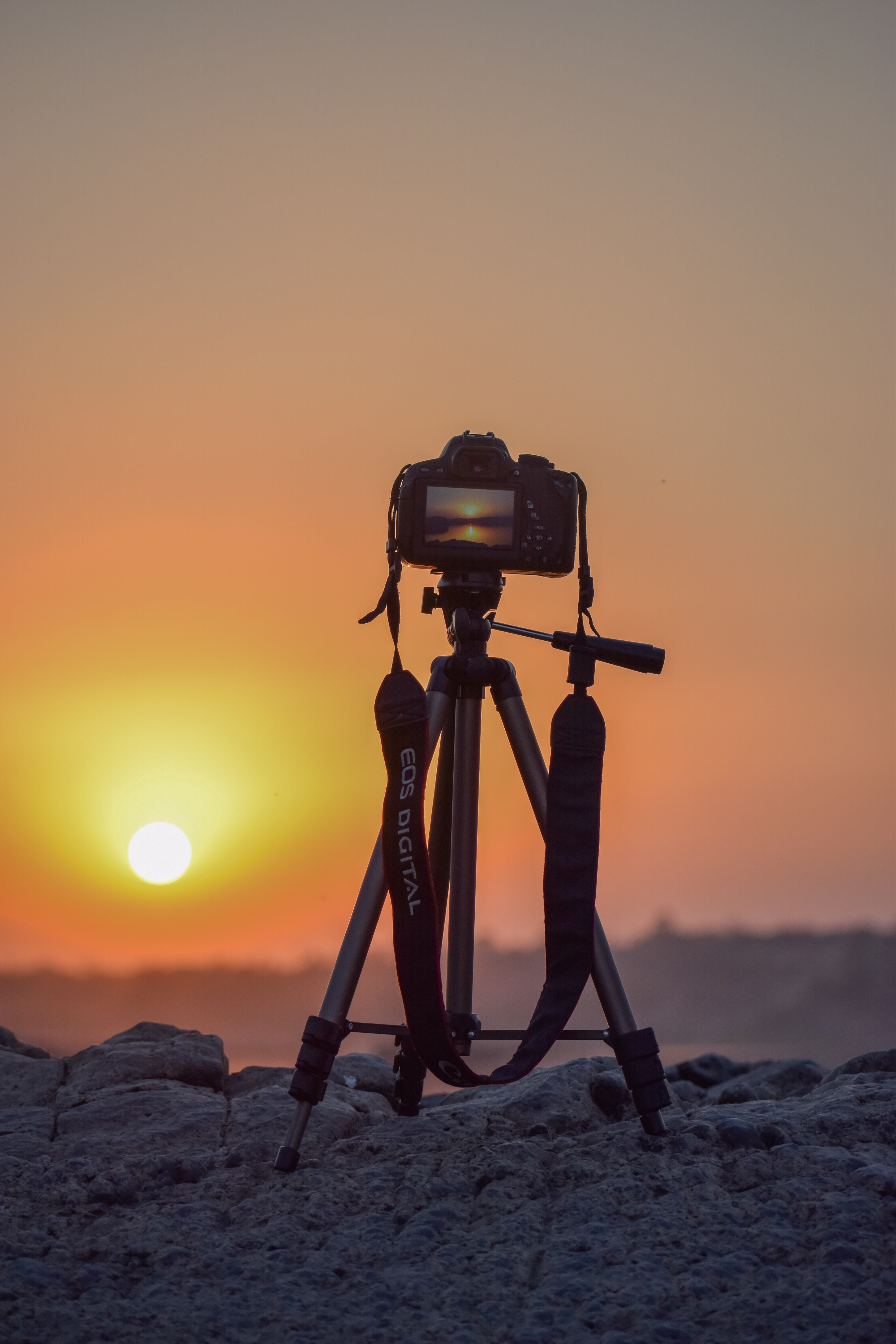
A tripod includes legs, which generally collapse and expand into three or four sections.
A tripod also requires a head, which goes on top of the legs and allows you to mount your camera.
Most tripods offer complete freedom when it comes to choosing legs and a head. In other words, you can use pretty much any head with any set of legs.
But note that different heads are meant for different purposes; some tripod heads are ideal for studio work, others for panoramas, others for bird photography, etc.
Some tripods have center columns, which allow you to extend the tripod’s height further into the air.
Here’s a tripod with a center column:
What Is a Monopod?
A monopod, like a tripod, is designed to support a camera.
But a monopod only has one leg.
Monopods are generally collapsible, so you can fold a monopod leg down into a small stick.
And monopods allow you to use heads that can be mounted on tripods.
(Tripod and monopod heads are generally interchangeable.)
Now let’s take a look at the pros and cons of tripods vs monopods, and why you might want to pick one option over the other.
The Benefits of Monopods
Here are the key reasons why you’ll want to pick a monopod over a tripod:
Monopods Are Exceptionally Portable
This is a big one, and one of the most important considerations for travel photographers, street photographers, sports photographers, and more:
Monopods are portable.
While tripods can be very heavy and unwieldy, monopods are very lightweight. They’re also highly compact (you can often collapse them down into a single short leg), and travel-ready, because you can store them in a suitcase or a backpack without issue.
This makes monopods ideal for photographers that have to shoot on the go. You can collapse down a monopod and stick it in your camera bag without taking up much space.
And if you plan to do some sort of long photographic adventure in the wilderness, a monopod is much less of a burden than a tripod.
Instead of carrying a heavy tripod into the field, you can take a small monopod. It can even double as a walking stick if you get tired!
Monopods Are Very Flexible When Shooting
As you now know, monopods are exceptionally portable.
But they’re also flexible.
It’s easy to adjust a monopod up and down, so you can move quickly from high to low and back again without much trouble.
It’s also easy to move through a crowd with a monopod, or to change your position; instead of having to deal with compacting three unwieldy legs, you can hold your monopod in front of you and move from place to place.
Monopods are great for sports photography, because you can follow the action across the field. Instead of shooting from a single position, a monopod-laden sports shooter can walk back and forth, taking photos from different angles and directions.
Monopods Are Cheap
A sturdy, lightweight tripod costs a lot of money.
(By a lot, I mean something in the $400+ USD range, especially if you need the tripod to be able to stay lightweight while withstanding moving water and high winds.)
And while you can save somewhat by sacrificing on weight, you’ll ultimately have to shell out hundreds of dollars before you get a tripod that does its job.
Related Posts
Compare this to monopods, which are lightweight, sturdy, and ultra-cheap.
You can grab a high-performing monopod for around $100 USD (and there are much cheaper options that are highly usable).
So if you’re on a budget, a monopod might be the better choice.
The Benefits of Tripods
While monopods are great for a number of purposes (and I’ll discuss these in more detail below!), tripods also have their place.
Let’s take a look at the key reasons you should buy a tripod, starting with:
Tripods Offer Maximum Stability
Monopods are portable, they’re flexible, and they’re cheap.
But there’s one thing that a tripod always has over a monopod:
Stability.
With a good tripod, you can capture perfectly sharp shots in wind and rushing water. You can capture beautiful star trail images at night, silky waterfall shots during the evening, and more.
That’s why so many photographers opt for tripods over monopods, despite their bulk.
Because if you’re aiming for any type of long exposure shot, tripods are the way to go.
Will a monopod help you when it comes to long exposure images?
Sort of.
A monopod will allow you to drop your shutter speed lower than you’d be able to handhold.
But you won’t be shooting in the 1/20s or below range, unless your camera or lens offers impressive image stabilization.
Whereas a tripod can stay steady for literally hours while you shoot a single long exposure shot.
Note that a tripod will basically always be more stable than a monopod…
…but that not all tripods are created equal.
Cheaper tripods can be pretty flimsy, so while they might allow you to shoot down in that 1/20s range, you won’t be able to push them for long exposures, nor will you be able to use them in difficult weather.
Tripods Can Be Left on Their Own
Want to capture a nice self-portrait shot? Or want to create a beautiful long exposure in your backyard at night?
You’ll need a tripod, not a monopod.
Because monopods aren’t capable of standing on their own, even if they have a wide foot.
Tripods, on the other hand, are designed to stand, and to stay standing unsupported for hours on end.
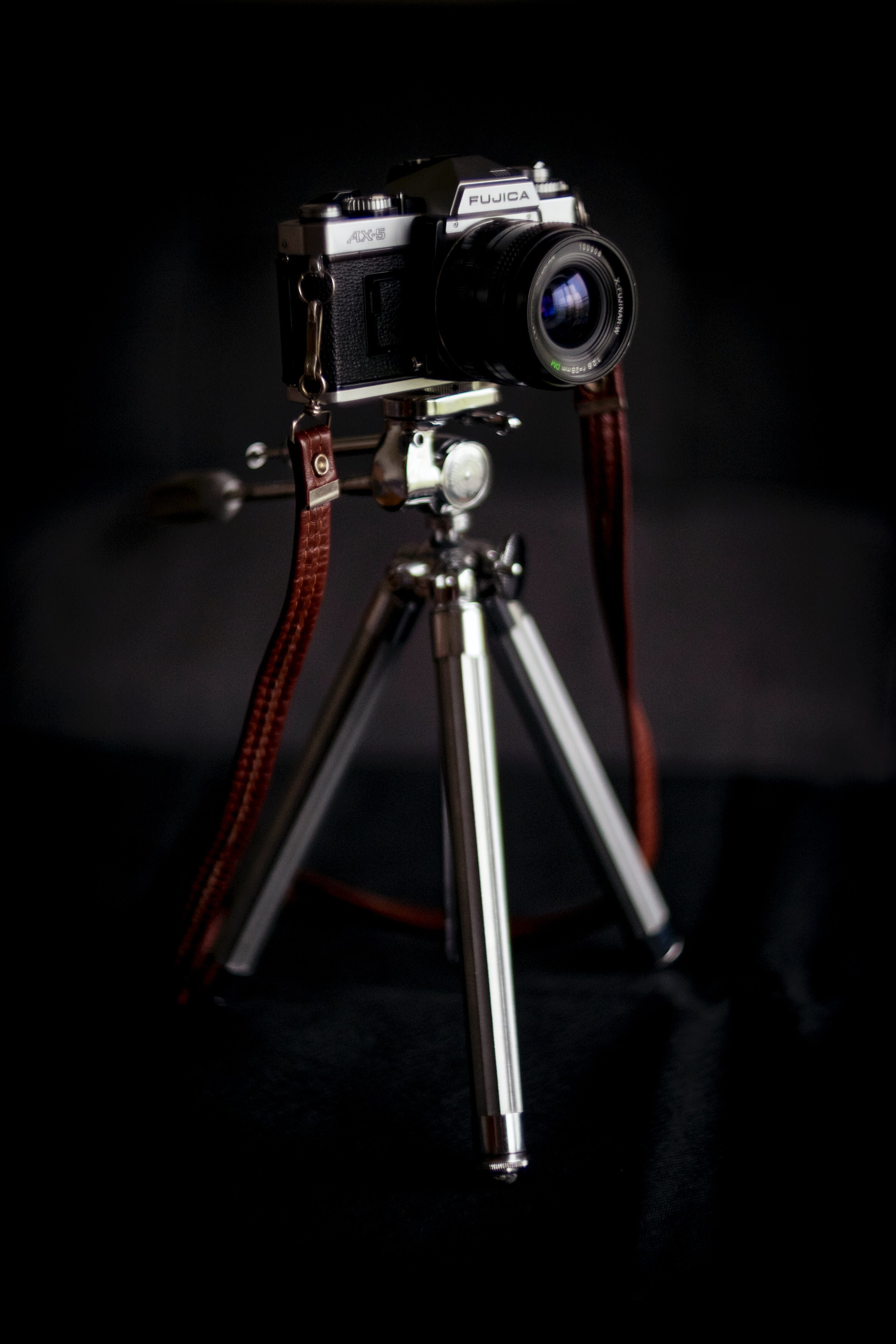
Does this mean that you can safely leave your tripod in difficult conditions while remaining confident that it won’t crash?
No. Tripods can be knocked over in high wind or by moving water, especially if they’re fully extended.
But a low-down tripod with a solid material can withstand a lot, which is why you can use them comfortably in plenty of situations, unsupported.
Tripods Hold Their Position
Here’s a final benefit of tripods over monopods that many photographers don’t think about:
Tripods remain in place.
In other words:
If you position a tripod with the head slightly angled downward and the back leg extended so as to point the camera toward the ground, it’ll stay in that exact position, even once you let go or take a walk.
Why is this important?
For a few reasons.
First, when you’re capturing macro subjects, you’ll want to be able to focus as precisely as possible. And if your camera is wobbling back and forth, you won’t get that precision you’re after.
(A monopod will wobble, unfortunately.)
Second, if you’re focus stacking–and this is commonly done by landscape photographers, macro photographers, and product photographers–you’ll need to keep your camera in a fixed position.
Related: Best Cameras for Focus Stacking
That way, you can safely capture a shot, change the point of focus, capture another shot, change the point of focus, etc., until you’ve captured sharp shots of the whole scene, while the composition remains unchanged.
Does that make sense?
If you want great results when focus-stacking, you have to hold your position!
By the way, the same is true for landscape photographers shooting bracketed exposures. If you decide to blend several images that are carefully exposed for different parts of the image, your camera must stay absolutely still.
Otherwise you’ll end up with unpleasant artifacts that are difficult–or impossible–to get rid of in Photoshop.
So if your goal is to shoot macro subjects, focus-stacked shots, or bracketed HDR images, then you’ll want to go with a tripod.
When to Use a Monopod
Now that you’re familiar with the benefits and drawbacks of tripods and monopods, let’s take a look at a few practical situations in which you’ll want to work with a monopod:
Action Photography
Sports photographers use monopods all the time.
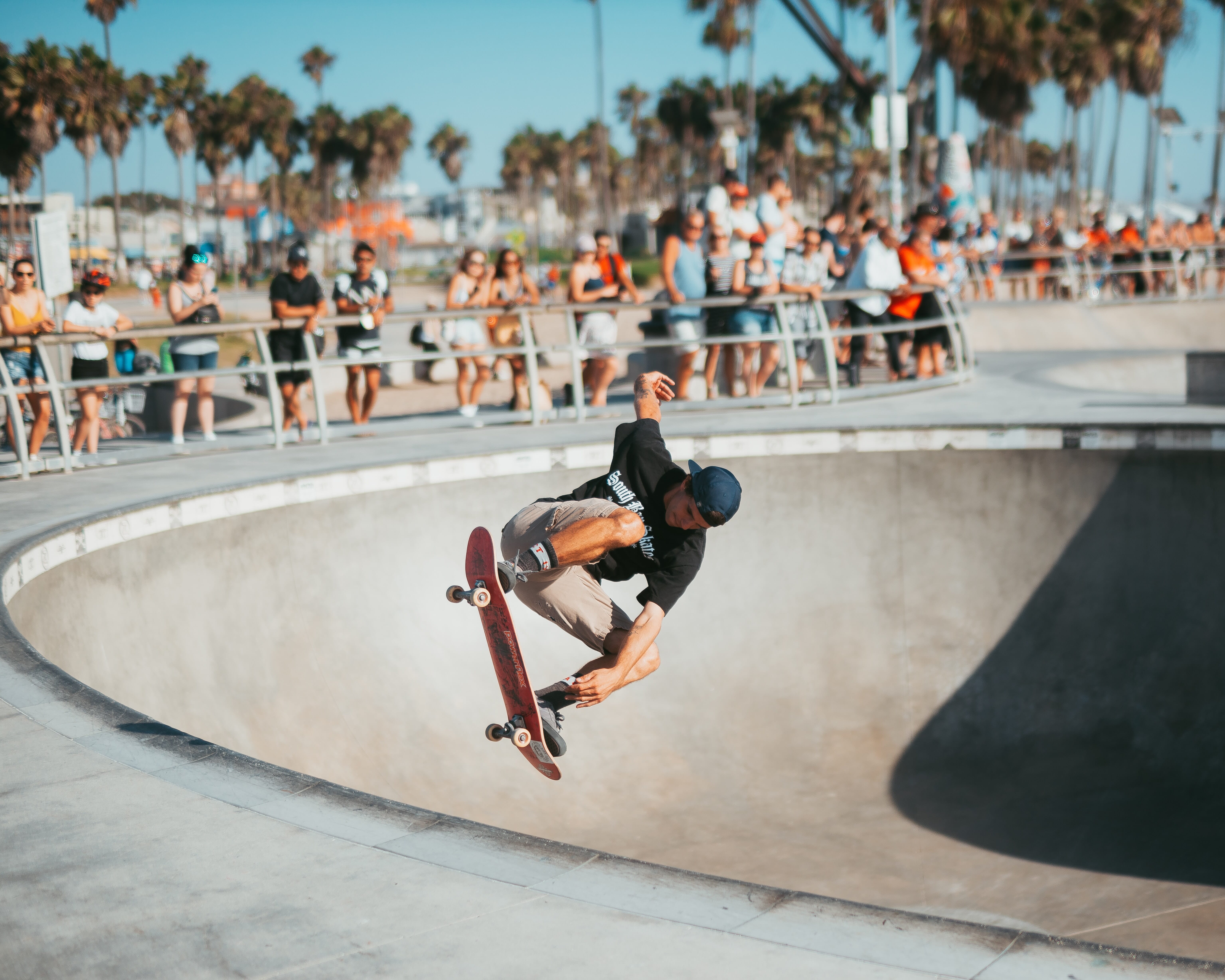
As I explained in an earlier section, monopods are portable and flexible. Which means that you can run from one end of the field to the other with a monopod. You can follow the action, capture different angles, and weave in and out of people as you get your stunning images.
With a tripod, this just isn’t possible. Setting up a tripod takes time (in fact, for some photographers it’s seen as a deliberate, meditative process), and walking around with a tripod is difficult at best.
So if your aim is to photograph sports, unless you’re always going to be in a single fixed position, then a monopod is the better option.
Wildlife Photography
Wildlife photography involves getting low to the ground to capture images of birds, mammals, reptiles, and more.
This involves a lot of flexibility, a lot of movement, and just an overall speed that tripods generally don’t offer.
That’s why I recommend using a monopod for wildlife photography, rather than a tripod.
Monopods are also easier to carry into the field, because they pack up nicely and they’re very lightweight, so if you’re planning on hours of hiking to find an elusive species, a monopod will be more comfortable.
And while tripods do offer better stability than monopods, wildlife photography is one of those situations where you’re generally more limited by your subject’s movement than you are by camera shake.
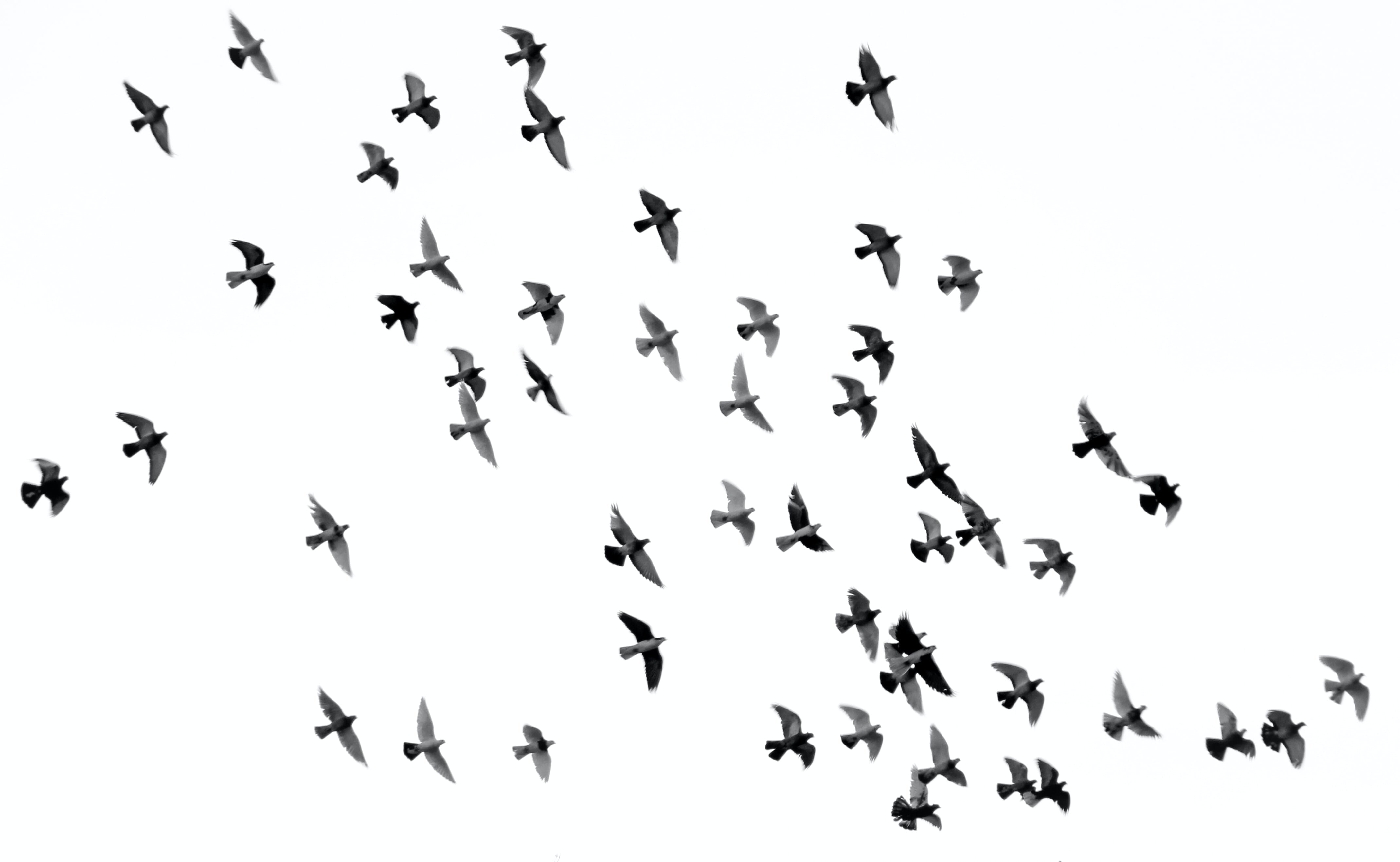
In other words:
That extra bit of stability offered by a tripod often isn’t worth the added inconvenience.
When to Use a Tripod
In many areas of photography, tripods are far more popular than monopods, primarily thanks to their use in long exposure images.
Let’s take a look at a few genres of photography that use tripods almost exclusively:
Astrophotography
You can’t do astrophotography with a monopod.
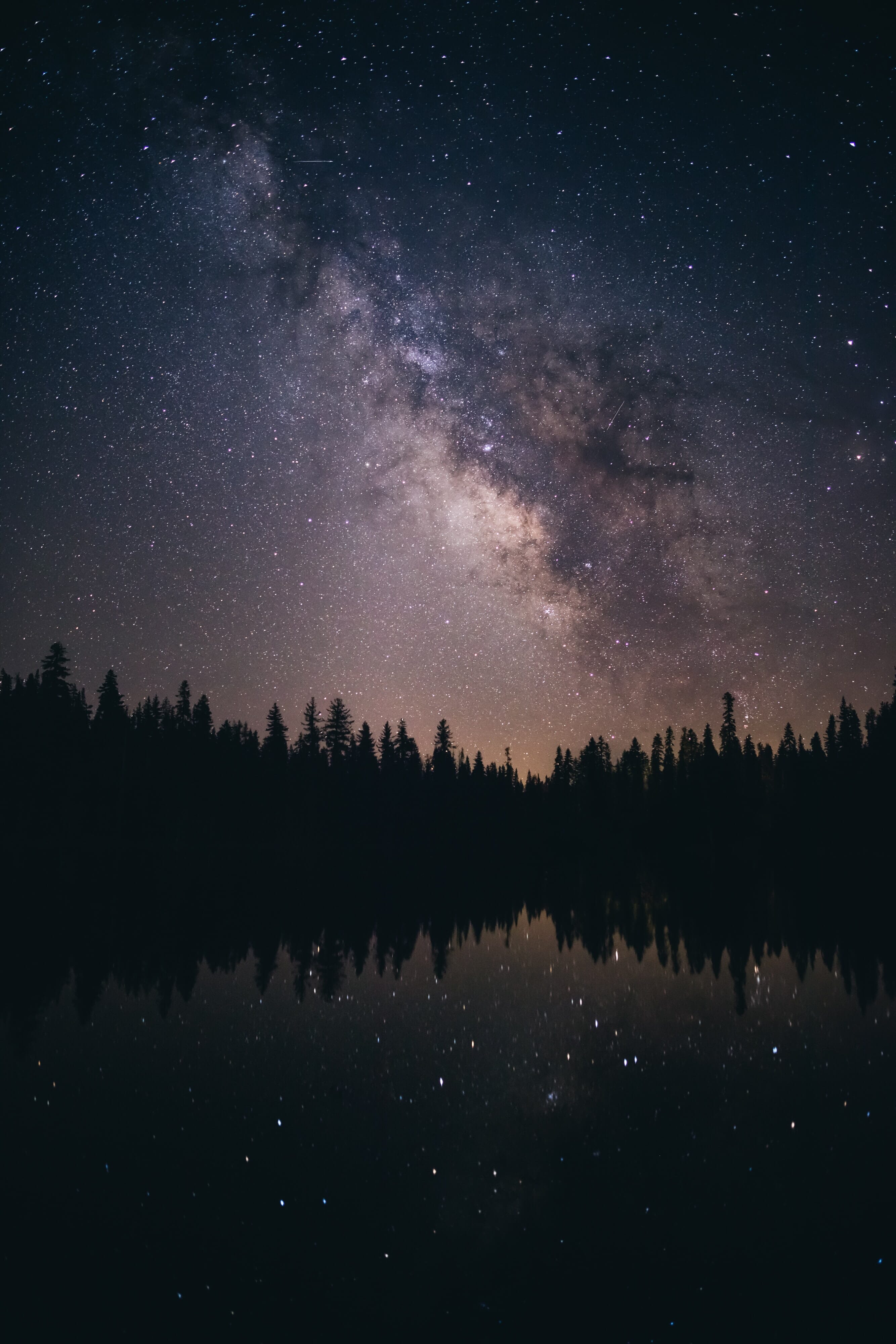
Because, with astrophotography, you’re shooting at night.
And you’re capturing images with exposures of around 15 seconds to several hours.
For this, a tripod is absolutely necessary. Otherwise, you’ll end up with images full of blur due to camera shake.
It’s important to note, though, that you’ll need a very sturdy tripod for astrophotography.
You’re not going to get great astrophotography images with a cheap tripod that can’t handle a little wind or a heavy camera.
So make sure you invest in a tripod that offers real stability.
Nighttime Street Photography
Have you ever seen a beautiful nighttime street photo? One that has long strings of car lights winding through the scene?
Those were taken with tripods.
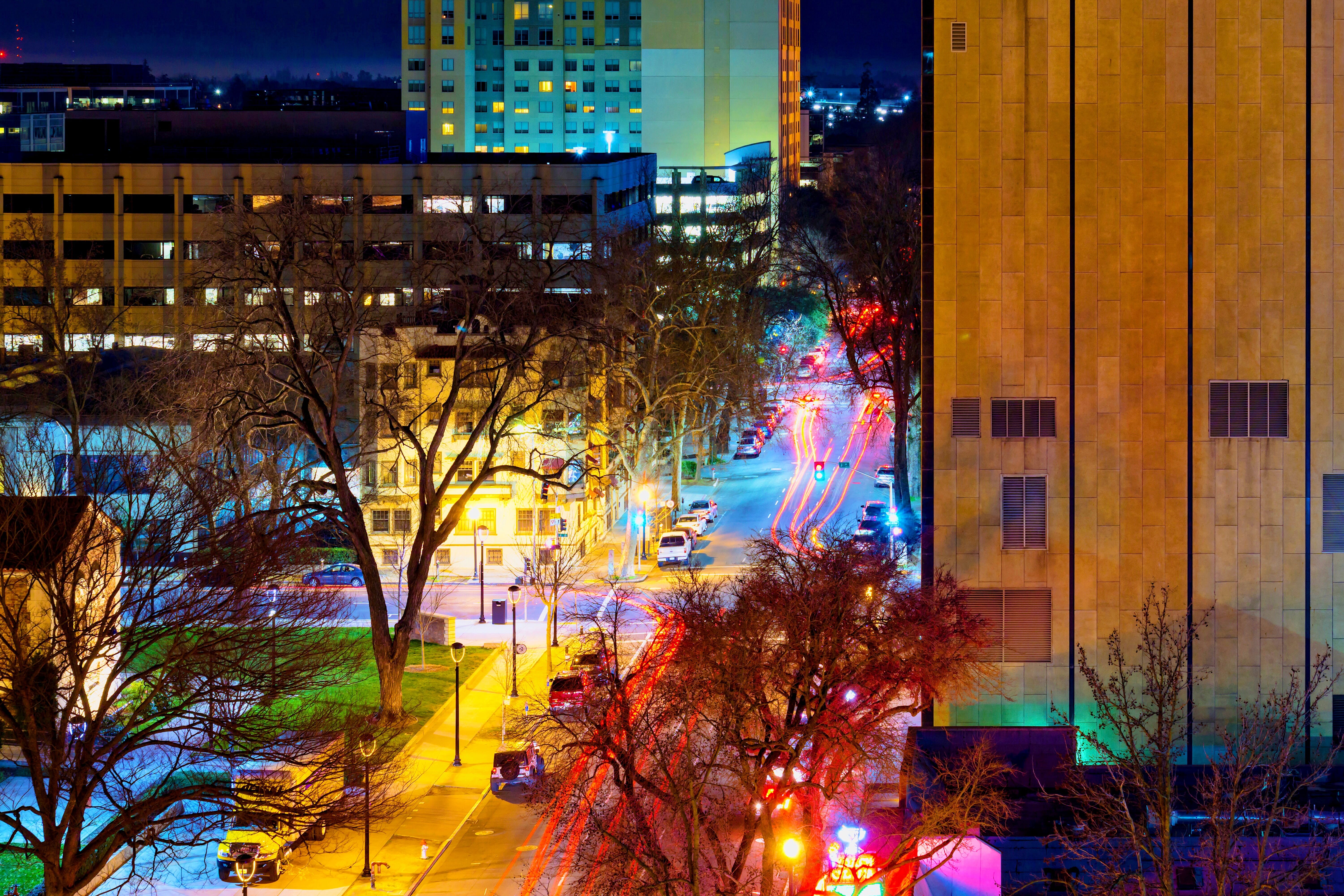
As with astrophotography, nighttime street photography tends to rely pretty heavily on tripods, especially when capturing images of cityscapes and architecture.
A monopod just won’t get you the stability you need.
As with any form of long exposure photography, you’ll need to be aware of wind levels, because it’s easy to ruin a 15-second exposure with a couple of strong wind gusts.
You’ll also want to use a remote shutter release to ensure that you don’t create any camera shake when activating the shutter button.
Landscape Photography
Pretty much every landscape photographer ever has used a good, sturdy tripod.

This is in spite of the fact that landscape photographers frequently go on long trips in the wilderness.
Tripods are just that important.
With a tripod, you can capture beautiful long exposures of rushing water or moving clouds. You can also do perfect focus stacking and perfect exposure bracketing.
Oh, and you can ensure that you get well-exposed images while using a narrow aperture to keep the whole scene sharp.
Is every landscape image shot with a tripod?
No. There are exceptions, especially when you have lenses or cameras that include image stabilization (more on that later). And there are times when photographers will shoot intimate landscapes without working with a tripod.
But, generally speaking, a tripod is an essential part of a landscape photographer’s toolkit.
Do You Really Need a Tripod or a Monopod?
I’ve talked all about the tripod vs monopod question.
But there’s another question that should be asked:
Are tripods and monopods even necessary?
For some genres of photography, yes, a tripod or a monopod is a requirement.
If you’re a landscape photographer (including astrophotographers and cityscape photographers), you need a tripod. You can’t create a portfolio without one. If you’re a product photographer, you probably also need a tripod.
And if you’re a sports photographer, I highly recommend you work with a monopod.
But in most other genres of photography, you don’t have to work with a tripod or a monopod. Some wildlife photographers use tripods, some use monopods, and some just handhold their cameras.
Whereas basically all street photographers (with the exception of long-exposure street photographers) shoot handheld. The same is true of portrait photographers, except when working in the studio.
In summary:
Tripods and monopods are useful, but they aren’t always necessary. And in some of the situations described above (e.g., street photography and portrait photography), a tripod or monopod will just get in the way.
Alternatives
If you’re still looking for a way to stabilize your camera but you’re struggling to decide whether a tripod or monopod is right for you, it’s worth considering alternative options, such as:
Two-in-One Tripods
These are tripods that convert into monopods (generally by way of a detachable leg).
They very much offer that best-of-both-worlds flavor, especially because a two-in-one tripod doesn’t actually weigh anything extra.
Two-in-one tripods are’t very common, however, so you may need to do a bit of searching before you find one that works.
Skimmer Pods
Skimmer pods are a tripod/monopod alternative for wildlife and bird photographers.
You see, wildlife photographers love to get ultra-low to the ground for silky smooth backgrounds and foregrounds.
(Plus, getting low to the ground helps you get close to wildlife without spooking them.)
Unfortunately, most tripods and monopods don’t allow you to get sufficiently close to the ground–or, if they do, they’re hard to maneuver once you’re in position.
Enter skimmer pods, which are designed to stabilize your camera while keeping it just inches from the dirt.
Skimmer pods are basically just pans with a tripod head…
…but they’re dead useful, and they’ll help you get some gorgeous wildlife images.
Setting Your Camera on the Ground
Sometimes, you want to stabilize your camera but you don’t feel like carrying a tripod or a monopod (or you don’t have one with you).
What do you do then?
One option is to simply set your camera on the ground.
The ground is stable, after all–and if you use a two-second timer or a remote release, you should be able to get off a sharp shot or two without much trouble.
Obviously, using the ground is less flexible than working with a tripod or monopod, because you can’t adjust your camera position very easily.
Though a useful trick is to prop up your camera against a shoe or a tree root; that way, you can get a slightly different angle.
In-Body Image Stabilization
Here’s one final method for keeping your camera stable without a tripod or a monopod:
In-body image stabilization, also known as IBIS.
IBIS refers to technology that prevents camera shake, even at low shutter speeds. With IBIS activated, you can often shoot at up to four, five, or six stops slower than you would have been able to without any sort of image stabilization.
With powerful image stabilization, you can often do away with a tripod or monopod entirely, assuming you’re not aiming to capture long exposure images.
Note that some lenses also provide image stabilization, and these can be just as effective as cameras with IBIS (and when a camera with IBIS and a lens with image stabilization are used together, the effect is often stronger still).
Make sense?
Image stabilization isn’t perfect, however, and won’t ever come close to the effect of a sturdy tripod. Plus, image stabilization can be a bit hit-or-miss, with some shots turning out tack sharp, and others turning out slightly blurry (at slow shutter speeds, that is).
So while image stabilization is a great feature, one that’ll certainly help you handhold in tricky situations, you may still want to consider a tripod or a monopod.
Tripod or Monopod: Which One Should You Buy?
Hopefully, you’re now familiar with the benefits and drawbacks of tripods vs monopods, and you have a sense of which option is best for you.
But to recap:
Tripods are fantastic for capturing long exposure images, or images where stability is of the utmost importance. Tripods are very stable, but they’re also relatively heavy and not especially portable compared to monopods.
So if you’re a landscape photographer, astrophotographer, nighttime photographer, or any other kind of long exposure photographer, you’re going to need a tripod.
Monopods, on the other hand, aren’t as sturdy as tripods. But they’re exceedingly portable, which means that you can move around an area with a monopod, capturing image after image. They’re also lightweight, easy to adjust, and compact, which makes them an essential tool for action photographers and many travel photographers.
Finally, remember:
You don’t have to use a tripod or a monopod.
Some photographers work handheld, or handheld with image stabilization, or with some other form of support (such as a skimmer pod).
So don’t feel like a tripod or a monopod is necessary to capture beautiful images.
The Next Step
Now that you’ve finished this article, you know all about tripods and monopods.
And you know which option is right for your needs.
So grab a tripod or a monopod.
Then get out and start shooting!
Are tripods better than monopods?
That depends on what you’re hoping to shoot! Tripods are more sturdy than monopods, which makes them ideal for long exposure photography and for capturing sharp images with narrow apertures. But tripods are more expensive than monopods, and they’re also far less portable. So if you’re looking for a camera support that you can transport all over and comfortable walk/run with, a monopod is probably the better option.
Can monopods stand on their own?
Monopods generally cannot stand on their own. While some monopods do have a foot, this isn’t designed to hold the monopod with a camera mounted. Note that there are two-in-one tripod/monopods that are capable of standing on their own, because the monopod is simply a detachable tripod leg that easily hooks back on. But if you’re looking for a sturdy camera support that’ll allow for long exposure shots or self-portraits, you’ll definitely need a tripod.
Are monopods sturdy?
Monopods vary in terms of their sturdiness. However, a good monopod doesn’t have to be as sturdy as a good tripod, because you’ll be holding the entire setup. For this reason, most monopods will do the job well, even if they’re not ultra-sturdy.
Are monopods cheaper than tripods?
Monopods do tend to be far cheaper than tripods. And while there are some budget tripods that are cheaper than other monopods, those budget tripods aren’t going to be especially sturdy; with tripods, you get what you pay for! That’s why you should be very careful when purchasing a tripod.
What photographers use monopods?
While tripods are far more popular than monopods, there are plenty of photographers that use monopods. First, wildlife photographers often use monopods, because they can easily carry the monopod into the field (as monopods are compact and light). Sports photographers also use monopods, because a monopod rig is very flexible; you can run from one side of the field to the other in order to get the perfect shot.
Can you do long exposure photography with a monopod?
No, you cannot do long exposure photography with a monopod. While monopods will help you stabilize your camera, they’re not free-standing; you always need to be holding the camera or the monopod to prevent the whole setup from falling over. Long exposure images require a tripod (and one that’s very stable, because you’ll need it to withstand wind for long periods of time).
What photographers use tripods?
Tripods are used by lots of photographers, including landscape photographers (where a tripod is basically a requirement), portrait photographers (which use tripods for in-studio work), travel photographers (where a tripod is used to capture long exposure and wide-angle images), and product photographers (which use tripods to hold their composition while they focus stack). Even areas of photography where tripods are less common find use for them on occasion, such as street photography (where you can use a tripod to create beautiful long exposure city scenes at night).